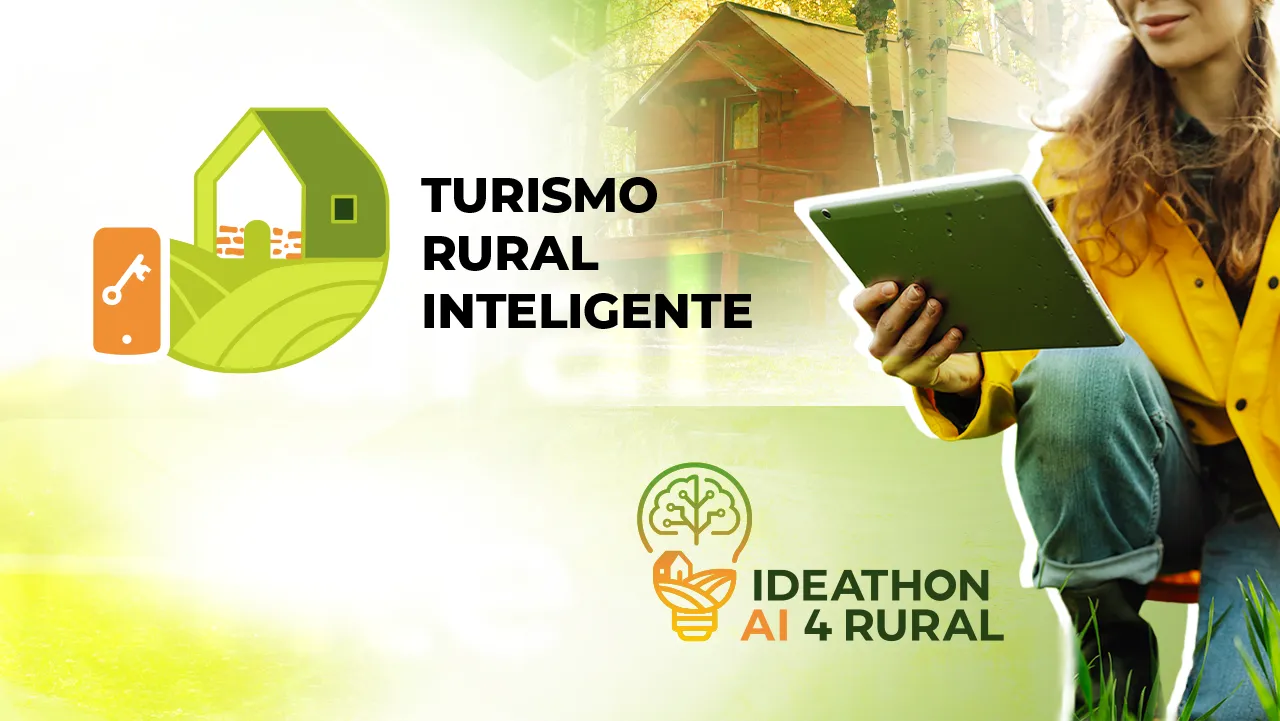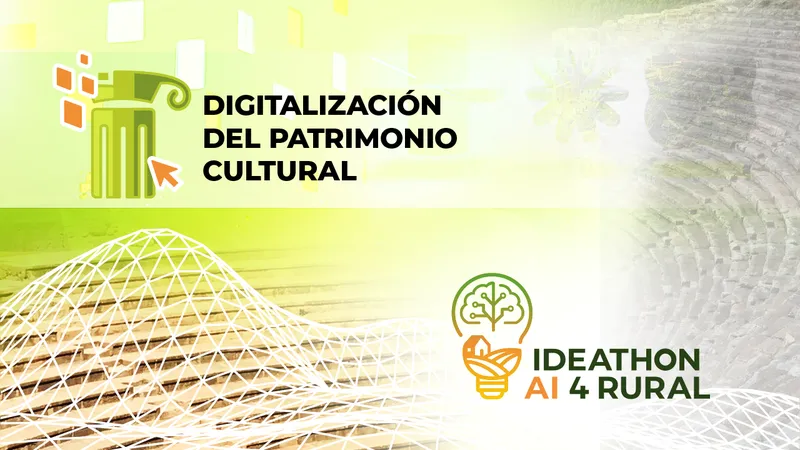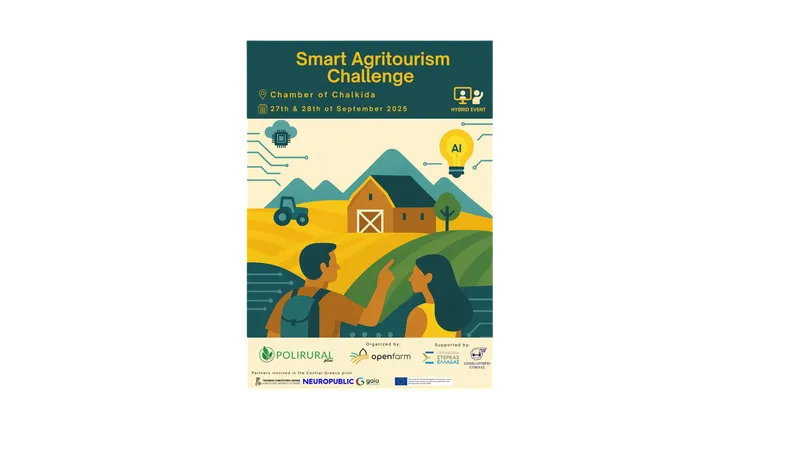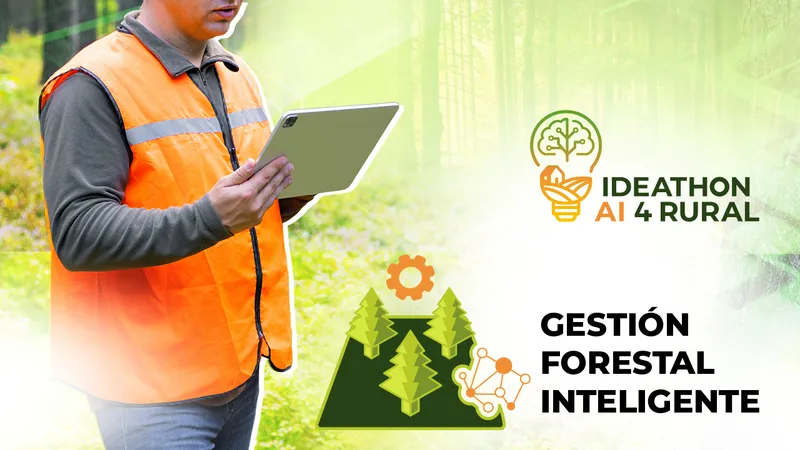Take a few peaceful moments to travel—at least in your mind—to a place where tranquility fills the air. Let your imagination drift to that perfect setting where you’d love to spend a few restful days. A place far from asphalt and noise, where nature reigns supreme, cultural heritage coexists with the local community, and gastronomy delights the senses.
That place is closer than many might think. Yet it needs greater visibility so that those who have not yet discovered its charms can do so—thanks to tools powered by artificial intelligence and digital technologies.
Toward Sustainable, Personalized Rural Tourism
Within the framework of Ideathon AI4RURAL, organized by Itecam (the Industrial Technology Centre of Castilla-La Mancha) on November 20th at Finca La Estacada in Tarancón, participants will tackle three challenges designed to energize the region through advanced technologies.
One of these key challenges focuses on sustainable rural tourism. Proposals under Challenge 1: “Smart Rural Tourism in the Serranía de Cuenca” will apply AI and digital technologies to enhance rural tourism by designing innovative, viable, and scalable solutions that can be implemented across different localities. These solutions should attract visitors in a sustainable, connected, and personalized way, addressing the following goals:
- Connect rural offerings with urban demand by improving access, visibility, and booking of experiences.
- Enhance travel planning and personalization according to visitors’ profiles and interests.
- Promote low-impact, environmentally friendly tourism that contributes to sustainable and decentralized rural development.
- Engage local stakeholders such as accommodation providers, restaurants, artisans, local guides, producers, rural development associations, and municipalities.
Balancing Regional Development with Environmental Respect
According to the latest Tourism Perception Barometer, Spain’s tourism reputation has declined due to pressing issues such as gentrification, insecurity, and overcrowding. This report, which analyzes unfavorable mentions by tourists on social media, forums, and digital platforms during the second quarter of 2025, shows that the country has lost 2.5 points of trust since 2022—a clear sign that mass tourism is not a sustainable path forward.
With these lessons in mind, rural regions such as the Sierra and Mancha Conquense, rich in potential, are turning toward sustainable, locally adapted solutions that enhance their surroundings, create opportunities for local communities, and respect the environment.
Expected Impact of Ideathon AI4RURAL on Rural Tourism
The first challenge of Ideathon AI4RURAL welcomes proposals in areas such as smart travel planning, digital promotion and marketing, digital tourism experiences, and data-driven sustainability.
From these starting points, the goal is to identify: innovative, feasible solutions; ideas that could evolve into pilot projects, implemented alongside local stakeholders who best understand the territory; the use of emerging technologies such as AI, Big Data, IoT, intelligent assistants, and predictive analytics and the establishment of public-private or citizen collaboration models that engage the community.
The expected impact is based on the following objectives:
- Increase the number of visitors in a controlled and sustainable manner.
- Strengthen the visibility of the rural territory through innovative actions and solutions.
- Generate development opportunities that involve local populations.
- Reduce seasonality in tourist visits.
- Diversify visitor profiles by offering a wider range of experiences and facilitating access through digital means.
The future of rural tourism inevitably depends on sustainability and the use of artificial intelligence and digital technologies—but also on the active involvement of local stakeholders and citizens. They are not only the best stewards of their land, but also the guardians of their paradise, entrusted with preserving it and driving its growth with the support of technology.
Source: Tourism Perception Barometer, prepared by Llorente & Cuenca.




Existing Comments